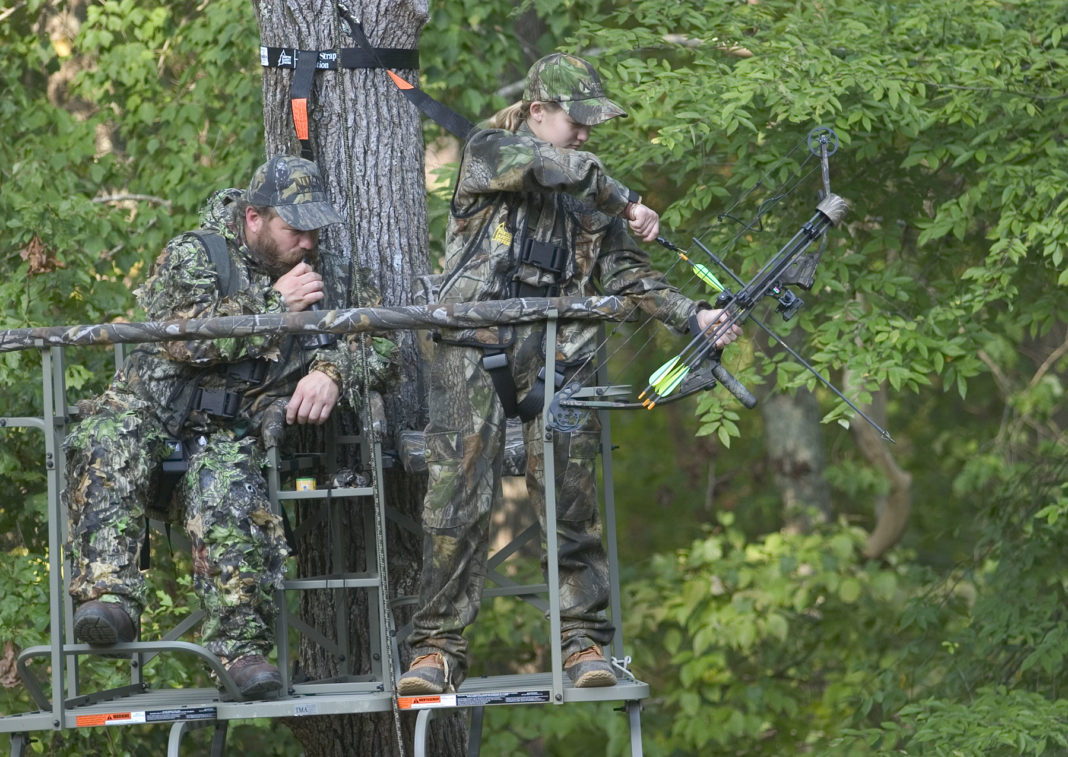With fall turkey hunting seasons starting in many parts of the nation, anticipation and adrenaline are running high.
Readying your hunting gear, scouting your hunting spots and practicing your calling are all part of the excitement of hunting. But as you prepare for opening day, and any day you plan to hunt, don’t forget the most important part of your hunting plan: safety.
Safety is a key element when you’re in the woods calling in a wild turkey. A safe turkey hunter is much like a safe driver: you must be defensive minded. Also, a safe hunter is an effective hunter.
Think safety; hunt safely!
Here are some tips from the NWTF to consider when you’re in the woods this fall:
- Know your state’s hunting regulations and follow them.
- Keep your firearm pointed in a safe direction, and leave the safety on until you are ready to shoot.
- Positively identify your target, and know what is beyond your target before you shoot.
- Avoid wearing white, red, black or blue since these are the colors of a gobbler’s head and body. This includes handkerchiefs, socks, T-shirts and even items such as candy wrappers and insect repellant.
- Select a spot that is in open timber rather than thick brush. Eliminating movement and camouflage is more critical to success than heavy cover.
- Sit against a large stump, blow-down, tree trunk or rock that is wider than your shoulders and higher than your head when calling wild turkeys.
- If you imitate the sound of a gobbling turkey, you could call in other hunters. You should always be cautious, but especially when hunting public land.
- If decoys are legal and you use them, place them off to one side and make sure you can see anyone approaching your decoys before the other hunter is within range.
- Leave the area if you suspect there’s another hunter already working the same bird.
- If another hunter enters your hunting area, never move, wave or make turkey sounds to alert the other hunter. Remain still and call out to them in a loud, clear voice to get his or her attention.
- Ensure your decoy is not visible when you are transporting it. Stash the decoy in your vest or a bag and make sure the head is not sticking out. If you harvest a wild turkey during your hunting trip, you also should cover the bird’s head and body when carrying it out from your hunting spot.









![The Best Deer Camp Chili [VIDEO] Deer Chili Ingredients, Tomatoes, Chili Spices](/wp-content/uploads/2015/10/Deer-Chili-Deer-Camp-Recipe-218x150.jpg)








![How to Call Elk Early in the Season [VIDEO]](/wp-content/uploads/2016/08/byers003-218x150.jpg)




![Idiots Disturb Hunter: How Would You Have Handled It? [VIDEO]](/wp-content/uploads/2015/10/DSC00110-e1474487693878-100x70.jpg)
![Albino Buck Shocked to Shed His Antlers [VIDEO]](/wp-content/uploads/2015/10/AlbinoDeer-100x70.jpg)